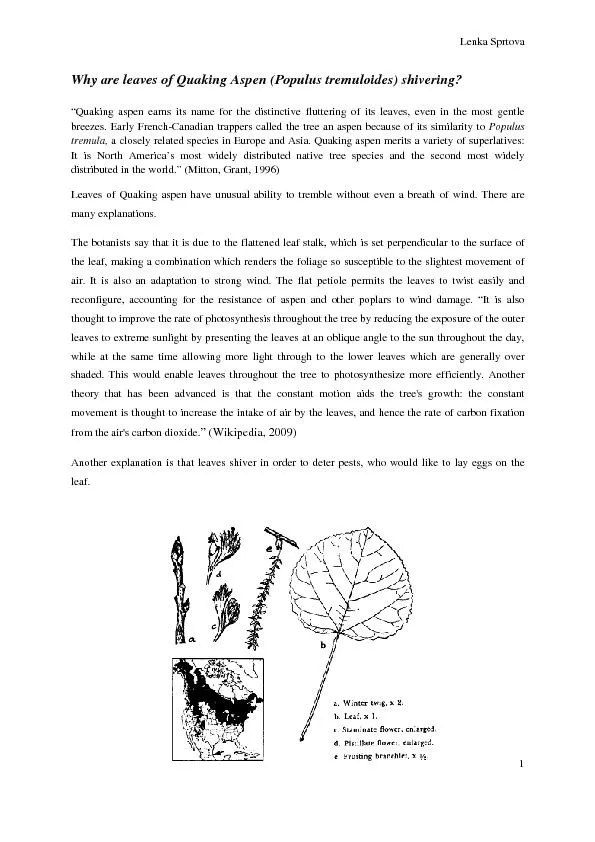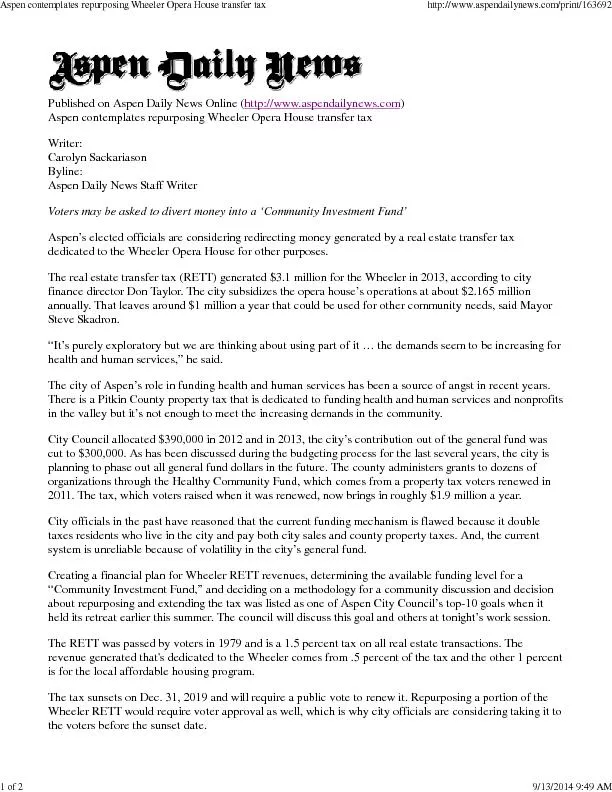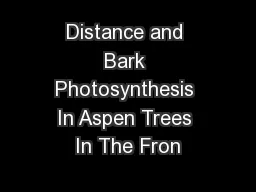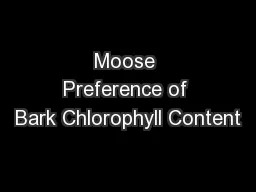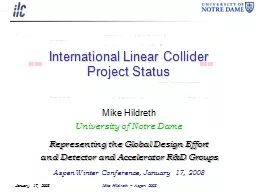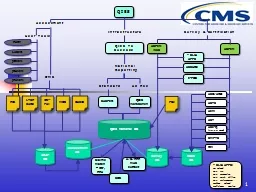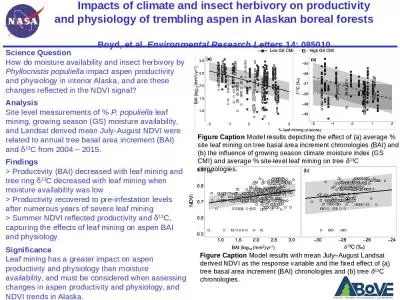PDF-Lenka Sprtova1 Why are leaves of Quaking Aspen (Populus tremuloides) s
Author : lindy-dunigan | Published Date : 2016-07-16
2 Quaking aspen appears in different poems Aspen has been made symbolical of fear or of lamentation
Presentation Embed Code
Download Presentation
Download Presentation The PPT/PDF document "Lenka Sprtova1 Why are leaves of Quaking..." is the property of its rightful owner. Permission is granted to download and print the materials on this website for personal, non-commercial use only, and to display it on your personal computer provided you do not modify the materials and that you retain all copyright notices contained in the materials. By downloading content from our website, you accept the terms of this agreement.
Lenka Sprtova1 Why are leaves of Quaking Aspen (Populus tremuloides) s: Transcript
Download Rules Of Document
"Lenka Sprtova1 Why are leaves of Quaking Aspen (Populus tremuloides) s"The content belongs to its owner. You may download and print it for personal use, without modification, and keep all copyright notices. By downloading, you agree to these terms.
Related Documents

